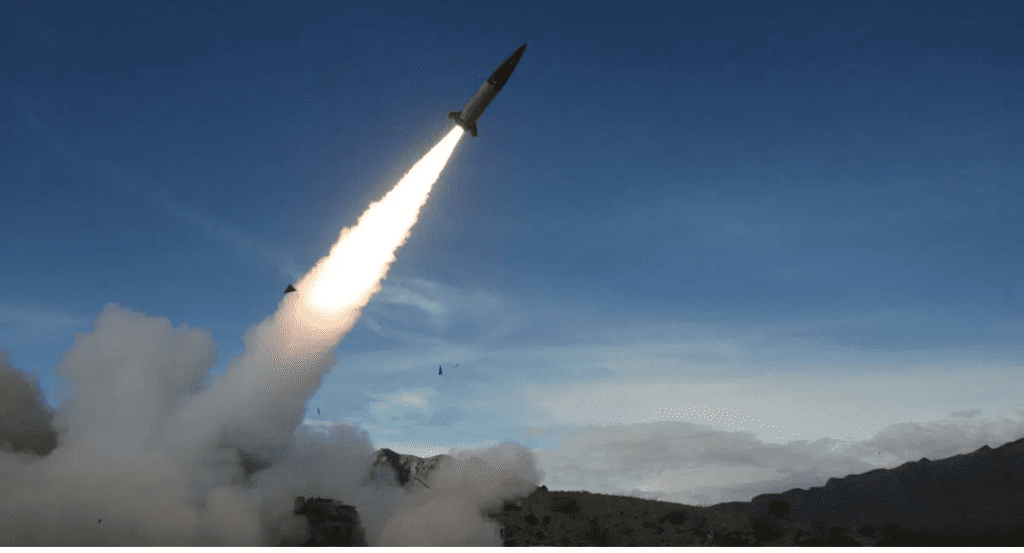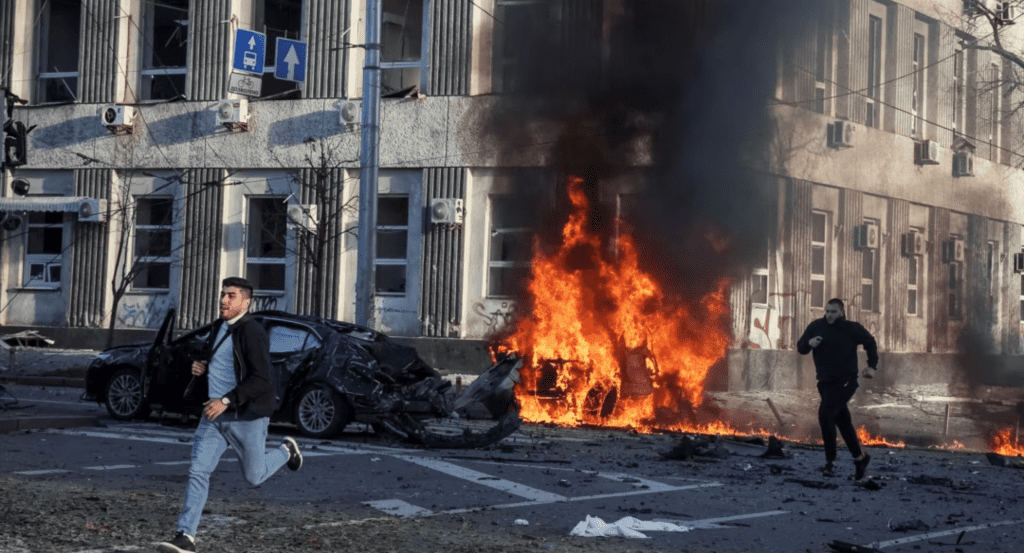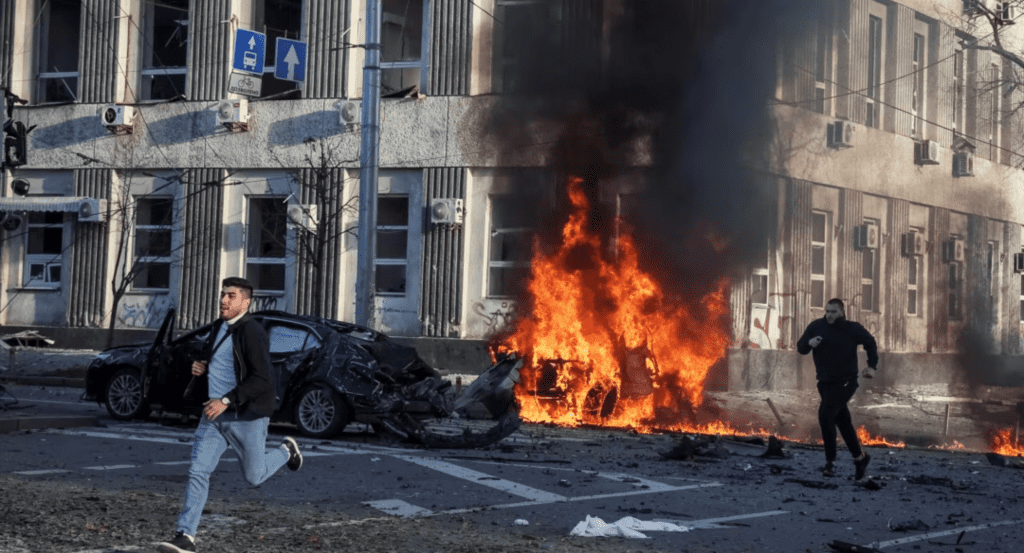President Joe Biden has reportedly approved Ukraine’s use of U.S.-supplied long-range missiles for strikes within Russian territory. This landmark decision signals a shift in U.S. military policy amid intensifying conflict between Ukraine and Russia, with Ukraine seeking advanced capabilities to counter Russian aggression effectively.
The missiles in question are believed to include ATACMS (Army Tactical Missile System), a sophisticated weapon capable of striking targets up to 190 miles away. The system offers Ukraine the capacity to hit critical Russian military installations, including ammunition depots, logistics hubs, and command centers, far from the front lines. This decision, according to defense experts, reflects a strategic move by the U.S. to enable Ukraine to level the battlefield while maintaining a cautious balance to avoid direct NATO involvement in the conflict.
For months, Ukrainian President Volodymyr Zelenskyy has advocated for long-range missiles to bolster his nation’s counteroffensive. Until now, the U.S. had hesitated, concerned about potential escalation with Moscow. However, the Biden administration appears to have recalibrated its stance, driven by Russia’s continued attacks on Ukrainian infrastructure and the need to sustain Kyiv’s momentum. The move follows extensive discussions within U.S. defense circles and consultations with NATO allies.
Reports indicate that the deployment of ATACMS could have immediate implications for the war. Analysts suggest that these precision-guided missiles will provide Ukraine with a decisive tactical advantage, enabling it to disrupt Russia’s supply chains and military operations significantly. U.S. officials, however, emphasize that the weapons are meant to enhance Ukraine’s self-defense rather than escalate the conflict into Russian territory.
The Kremlin has reacted sharply to the development, labeling it a “provocative escalation” and warning of “serious consequences.” Russian officials have long considered U.S. military aid to Ukraine as evidence of direct Western involvement in the conflict. Moscow insists that such actions only deepen the rift between Russia and NATO-aligned states.
The global community is watching closely as this new phase of military aid unfolds. The introduction of long-range missiles could influence the dynamics of the conflict, pushing both sides toward recalibrated strategies. At the same time, it raises questions about potential pathways to peace amid increasing tensions.
President Biden’s decision underscores the U.S. commitment to Ukraine’s sovereignty while navigating a precarious geopolitical landscape. Whether this step will lead to a strategic breakthrough or heightened confrontation remains to be seen.




























